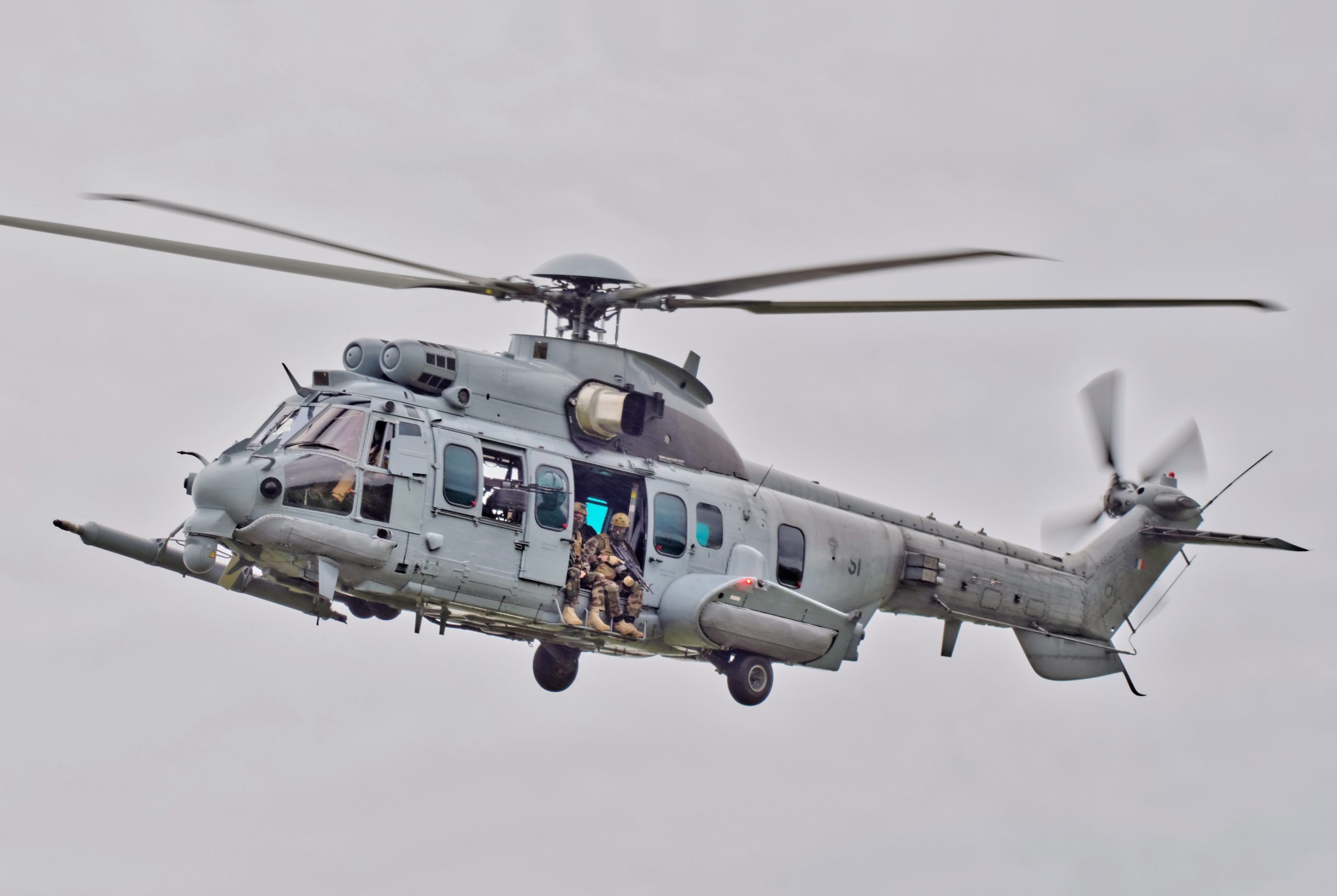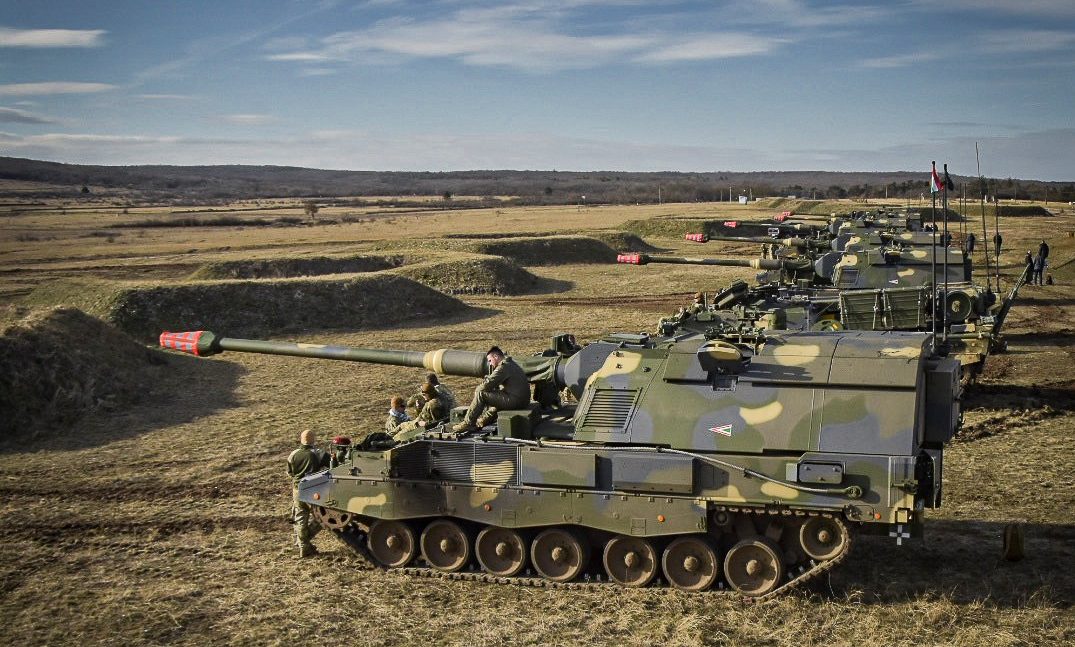
Military type certification of the Airbus H225M medium transport helicopters has been completed in France.Continue reading

In the 21st century, the answers to the old questions are not the same, the Chief of the Defense Staff said on Wednesday at the University of Veszprém, where he spoke about the development of the armed forces. In his lecture titled ‘High-tech army, transformations and developments in the Hungarian Defense Forces,’ Lieutenant General Romulusz Ruszin-Szendi pointed out that the traditional land-water-air battlefield has been supplemented by cyberspace and space, which requires a completely different approach.
He said that Hungary had several options when it started its force development program; neutrality, which “had never been achieved before,” and possession of weapons of mass destruction were immediately out of the question; “emulating” a large army was still an option, but “few could afford it financially,” and being a member of the Alliance and NATO was also on the table. In the end, the decision was “to remain an ally” while building a force capable of defending itself in the event of an attack, emphasized Romulusz Ruszin-Szendi.

The Hungarian land forces’ new Lynx IFV. Photo: honvédelem.hu/Rácz Tünde
He recalled that when the development of the Hungarian force started years ago, “there were happy times of peace that now seem to be over,” and since then unpredictability, instability, and threats have increased.
Since the start of the military development program, problems have been caused first by mass illegal migration, then by Covid-19, and most recently by the war in Ukraine, all of which show that it was necessary to start developments.
The Chief of the Defense Staff cited among the pillars of the program the restoration of combat effectiveness, the creation of mission-oriented leadership, the development of active and volunteer personnel, and the creation of a defense industrial base to support technological development.
He listed among the main strategic objectives the increase of readiness to mobilize many more soldiers in a shorter time and the improved mastery of combat procedures due to new technologies, which entailed changes in NCO and officer training, and changes in the training system, reflected in the increased time spent on the training ground.
Ruszin-Szendi considers the most visible strategic objective to be technical development, which was much needed: since the change of regime, only the Gripen and the Mistral anti-aircraft missiles have come. Now there are upgrades across the spectrum, “everything is brand new, nothing is discarded,” but the old equipment will stay as long as possible, he said.
The audience was also concerned about the percentage of women in the army, which the Chief of the Defense Staff said was less than twenty percent. “I have soldiers. Male or female, it does not matter. All that matters is that they meet the requirements,” he explained. The audience also asked Ruszin-Szendi about the priorities of modernization, and in addition to the role of the development and operation of domestic arms factories and plants, he said that civil society can do the most by showing love for the cause of defense and the armed forces.
Featured photo via Facebook Klapka György 1. Páncélosdandár